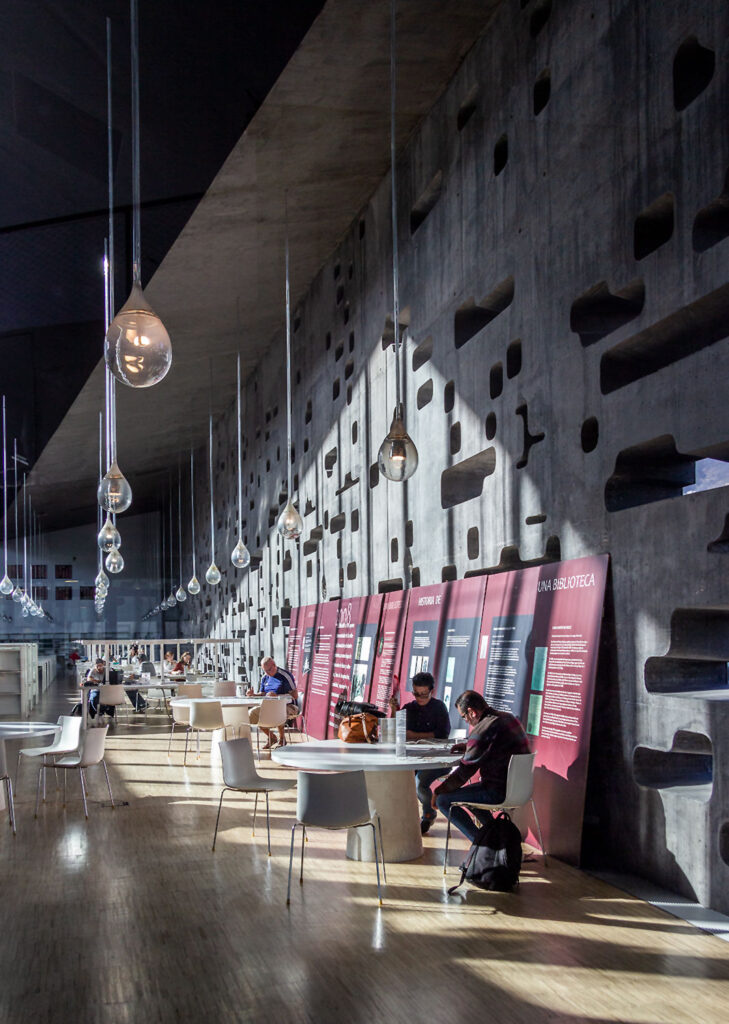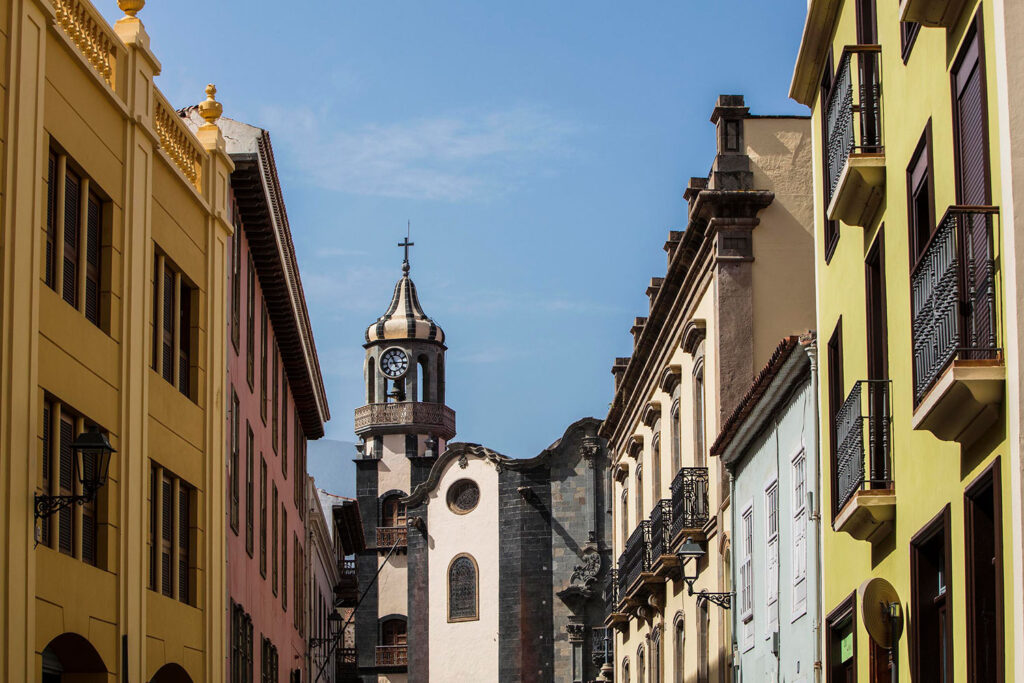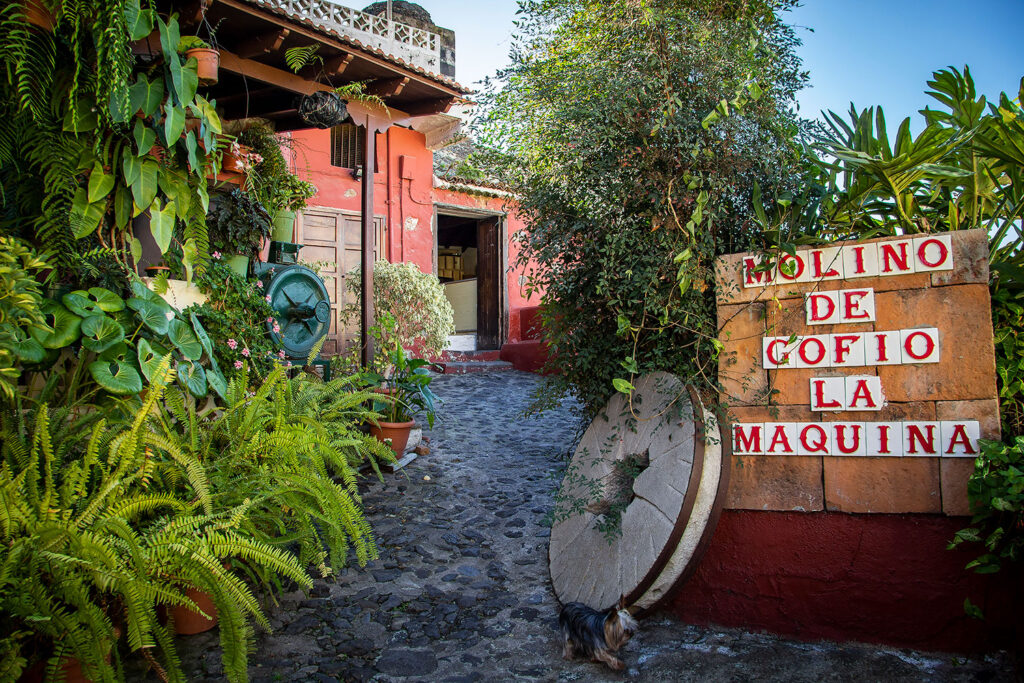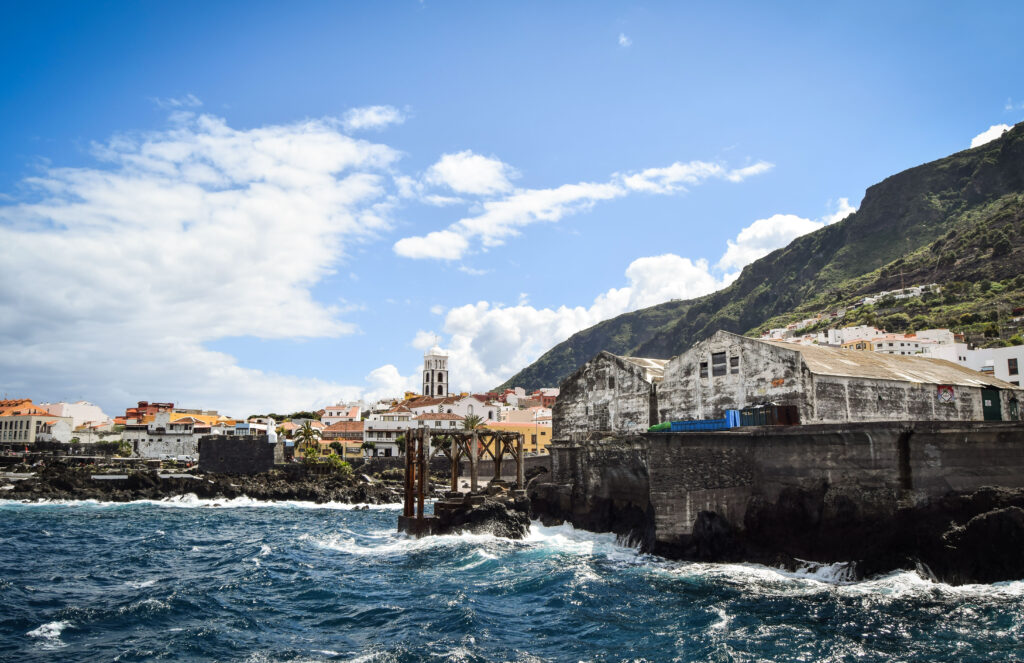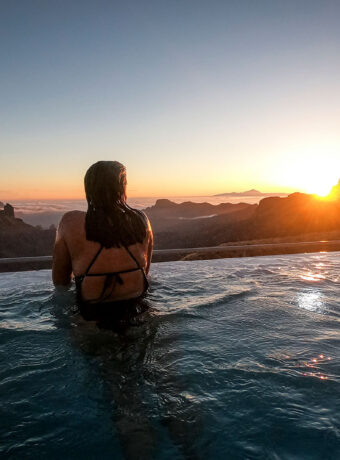Many people travel to Tenerife for the beach and sun, but if, like me, you don’t have the patience to lie on a beach, it’s still worth visiting the Canary Island. In fact, there are plenty of cultural reasons to get out of your deckchair and head to the volcanoes of Tenerife.
1. Climb Teide volcano
Tenerife has well over 200 volcanoes, the largest being Teide (3718 metres), whose peak you can spot almost anywhere on the island.
Teide is an active volcano taking a siesta, and at the top you can stick your hand into a fumarola, feel the heat and smell the harmless sulphur gases seeping out through the cracks.
The cable car that takes you to the top of Teide is located in Teide National Park. The drive there is exceptionally beautiful, passing through clouds and along pine and eucalyptus trees before reaching the park’s fascinating moonscape of rock formations.
The cable car takes you up 1199 metres in about eight minutes and drops you off at 3555 metres, where you’ll get spectacular views of the landscape and the Canary Islands. The cable car ride is great, but not for people with bad hearts and high blood pressure.
To get to the top of Teide, you have to walk along a path. The view is most impressive at sunrise and sunset, when the clouds change colour and the light reflects off the rocks. You can also hike up to Teide, but you’ll need to apply for permission through the Spanish national parks first.
Guided tours to Teide
Take a guided tour to Teide, driving through the national park and beautiful landscape and taking the cable car to the top of Teide. You will be picked up at a hotel in South Tenerife or by appointment. Book the tour to Teide here (advertising link)
If you’d rather experience Teide in the evening with dinner and stargazing, you can book a guided evening tour here (promotional link)
 2. Santa Cruz Opera
2. Santa Cruz Opera
In Tenerife’s capital, Santa Cruz, a majestic white sculpture rises from the ground on the edge of the Atlantic Ocean. It is the city’s opera house, Auditorio de Tenerife Adán Martín. The expressionist building dates from 2003 and was designed by Spanish architect Santiago Calatrava.
Many compare Calatrava’s building in Santa Cruz to the Sydney Opera House. Inside, you can enjoy operas, jazz and rock concerts, big musicals and dance performances. Check the programme on the website. There is also a café and restaurant open all day where you can enjoy coffee and food with beautiful views of the architecture and the sea.
Auditorio de Tenerife, Av de la Constitucion 1
3. A sea of celebrities
Look past the cliffs by the sea, next to the Opera House, where locals sunbathe and fish. Here you can spot a host of music stars and other celebrities whose portraits are painted on the rocks. The work Cien caras del Auditorio de Tenerife (100 faces of the Tenerife Auditorium) was created by Hungarian artist Stoyko Gagamov. You will find portraits of Madonna, Jimi Hendrix, Bob Dylan, Elvis Presley, Michael Jackson, Chaikovski and Vivaldi. Calatrava’s portrait also adorns a stone.
4. Santa Cruz House of Culture
In the centre of Santa Cruz you’ll find the Tenerife Espacio de las Artes (TEA) cultural centre, which houses a modern art museum, Tenerife’s centre for photography and a large library. The building dates from 2008 and was designed by Swiss architects Herzog and de Meuron. It is worth a visit in itself.
The museum has around 2000 works and you can see a collection by local surrealist artist Óscar Domínguez, a number of other Canarian artists and international photographers such as Man Ray.
Espacio de las Artes, Av. de San Sebastián 8
5. Street art in the old fishermen’s quarter
Puerto de la Cruz is located on the north coast of Tenerife in the smallest district of the island (only 8.7 km²). The city is popular with tourists, so here are many hotels. Despite this, Puerto de la Cruz still has areas of local charm and culture. One of them is the old town, La Ranilla, a former fishing quarter that has preserved many of the old Canarian houses.
The neighbourhood attracts creative souls and each year hosts a street art festival, which has also transformed the neighbourhood into an outdoor art museum. Wander the streets and see how modern street art blends beautifully with the old, colourful houses. There are works by local and international artists, such as the Belgian ROA.
Don’t forget to look up and down and into corners and nooks, because street art is everywhere. From large gable paintings, to house fronts wrapped in crocheted blankets, to quirky little figures under windows. You’ll also find plenty of small craft shops and good restaurants in the neighbourhood.
6. The parish church in the village of La Orotava
Just 7 km from Puerta de la Cruz, you will find one of the Canary Islands’ oldest villages, with charming cobbled streets and traditional Canarian atmosphere and architecture.
The parish church of La Conception is one of the Canary Islands’ finest examples of Baroque architecture. The church dates from 1788 and its beautiful facade is flanked by two towers and a grand dome inspired by the cathedral in Florence. Inside, you’ll find valuable artworks as well as wood and silver work.
La Conception, Calle Cólogan 2
7. The house with the balconies
In La Orotava you will also find the famous “house with balconies” La Casa de los Balcones , a fine manor house from 1632 with carved wooden balconies.
The old manor houses a museum of crafts around a lush, Canarian courtyard. See local crafts such as ceramics, textiles, basket weaving and wine making and gain insight into how people lived locally in different eras and made crafts 200 years ago.
La Casa de los Balcones, Calle San Francisco 3
8. The old gofio mill
Near La Casa de los Balcones is the old mill, Molino de Gofio la Máquina, which produces the local speciality Gofio. It is brown flour made from roasted flour, barley, corn or a mixture of these.
The brown flour is mixed with hot milk and eaten as breakfast. It can also be put in soups, baked goods and desserts. Locals come into the mill’s small shop and buy their freshly roasted Gofio, which, they claim, gives them extra energy. The mill is a little hidden from the road, but the sweet, spicy smell of the flour can lead you on your way.
Molino de Gofio la Máquina, Calle del Colegio 3
9. The picturesque village of Garachico
Garachico is one of the oldest villages in Tenerife and was once the richest. Located on the north coast of Tenerife, the city was founded in the 11th century by an Italian banker and was for many years the centre of trade between Europe and the Spanish colonies in America.
In 1706, Garachico and the old port were destroyed by a volcanic eruption from Teide. Today, the lava cliffs are a popular place to jump off and have a swim.
Garachico is relatively tourist-free, and you can enjoy views of the natural monument of Garachico Rock Island as well as food or a coffee with beautiful sea views at the restaurant next to the port fortress, Castillo de San Miguel, or take a stroll in the historic centre.
In the city centre, one of the most well preserved and characteristic in Tenerife, you will find fine buildings from the 16th and 17th century as the small church and a museum of religious art.
Find inspiration for more cultural experiences in Spain here.
The journey to Tenerife
Tenerife has two airports – Tenerife North in Santa Cruz and Tenerife South. There are regular direct flights from Kastrup Airport to both airports. Travel time is about five and a half hours. Search flights from Copenhagen to Tenerife and check prices here
Several travel agencies, including. Spies and Bravo Tours, also have direct routes from Kastrup and Billund to Tenerife – both with and without hotel.


